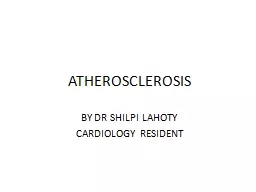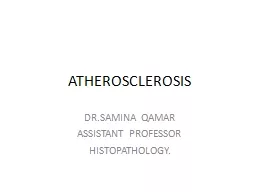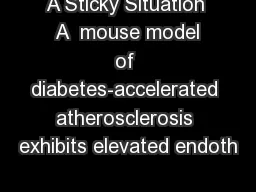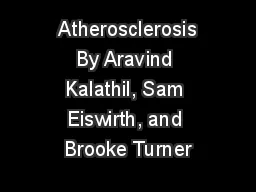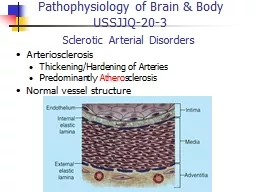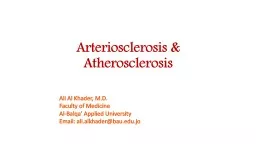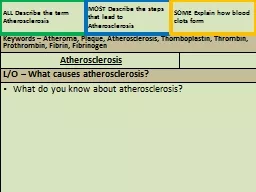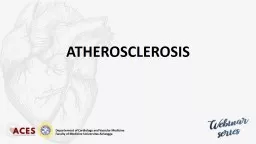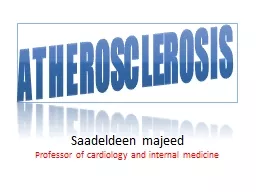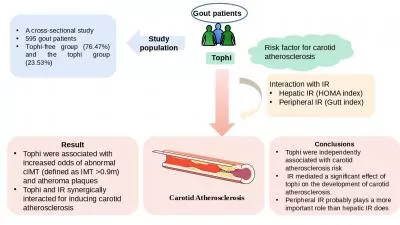PPT-ATHEROSCLEROSIS BY DR SHILPI LAHOTY
Author : pamella-moone | Published Date : 2020-04-03
CARDIOLOGY RESIDENT DEFINITION Atherosclerosis is a chronic progressive lipid driven inflammatory disease Involves the tunica intima of the arterial wall leads
Presentation Embed Code
Download Presentation
Download Presentation The PPT/PDF document " ATHEROSCLEROSIS BY DR SHILPI LAHOTY" is the property of its rightful owner. Permission is granted to download and print the materials on this website for personal, non-commercial use only, and to display it on your personal computer provided you do not modify the materials and that you retain all copyright notices contained in the materials. By downloading content from our website, you accept the terms of this agreement.
ATHEROSCLEROSIS BY DR SHILPI LAHOTY: Transcript
Download Rules Of Document
" ATHEROSCLEROSIS BY DR SHILPI LAHOTY"The content belongs to its owner. You may download and print it for personal use, without modification, and keep all copyright notices. By downloading, you agree to these terms.
Related Documents

